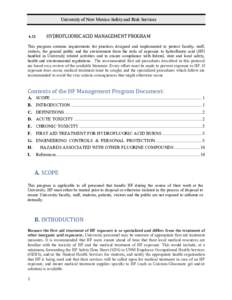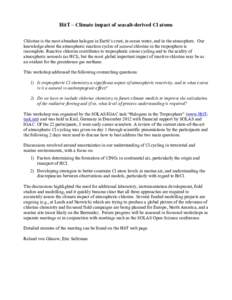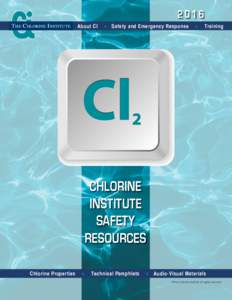<--- Back to Details
| First Page | Document Content | |
|---|---|---|
 Date: 2013-04-14 12:38:35Physical organic chemistry Acyl chloride Acetyl chloride Ammonia Ammonium chloride Nucleophile Ethanol Elimination reaction Hydrogen chloride Chemistry Chlorides Household chemicals |
Add to Reading List |
 Chemguide – questions ADDITION / ELIMINATION REACTIONS 1. Ethanoyl chloride, CH3COCl, a typical acyl chloride, reacts instantly with water to produce ethanoic acid and fumes of hydrogen chloride. The mechanism for the
Chemguide – questions ADDITION / ELIMINATION REACTIONS 1. Ethanoyl chloride, CH3COCl, a typical acyl chloride, reacts instantly with water to produce ethanoic acid and fumes of hydrogen chloride. The mechanism for the 



